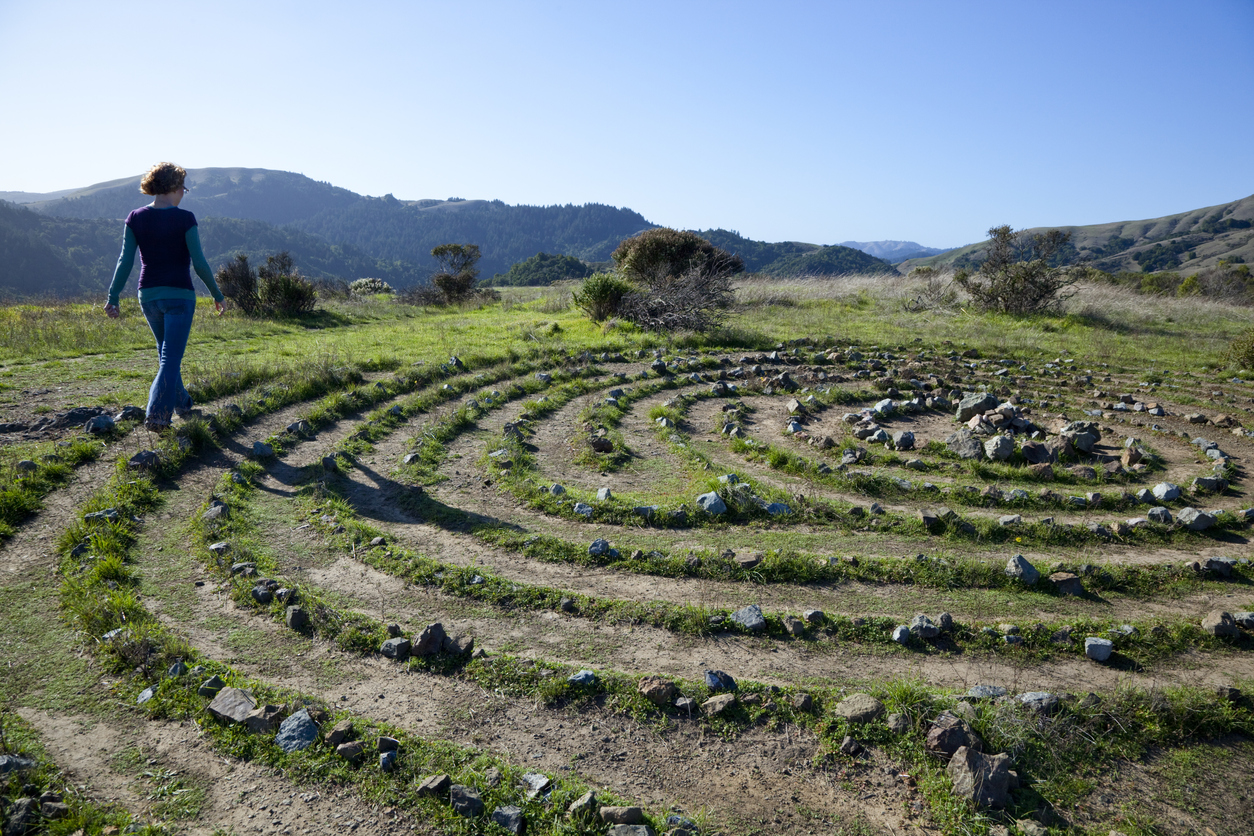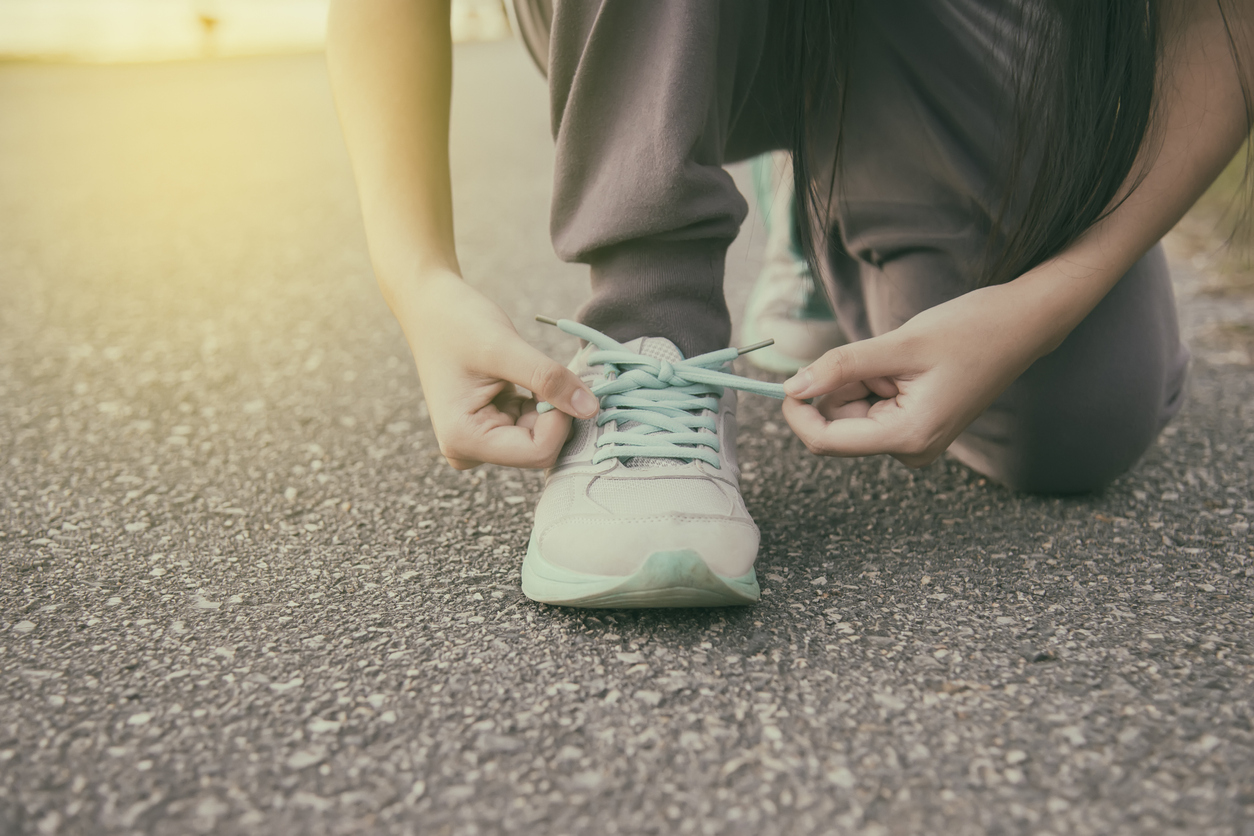Wellness
Walking Meditation

Meditation
Meditation can quiet the mind, reduce stress, alleviate anxiety, and remove the perception of pain by activating brain areas that process pain. Extensive research has been conducted on the physical and emotional benefits of mindfulness meditation and how it can more effectively manage pain symptoms.
Walking
Walking is one of the least expensive and easiest forms of physical activity. It only requires a pair of sneakers, a place to walk, and the motivation to begin. Once a walking routine is established, the length and intensity can be modified based on individual goals and abilities. Walking 30 minutes per day three to five times per week is recommended for health benefits.
Walking Meditation
Meditation can be practiced while doing physical activities, especially walking. Mindful walking consists of being aware of body sensations, such as how the feet feel as they hit the ground, the motion of the arms swinging, and the leg muscles that are activated. It includes a high awareness of surroundings on the walking journey.
Benefits
There are various benefits of walking meditation. They include, but are not limited to, the following:
- Reduced stress, anxiety and depression
- Boosted blood flow
- Enhanced balance
- Improved focus
- Better digestion
- Regulated blood sugar levels
- Enhanced memory
- Less negative emotions
- Improved physical health and well-being
- Better sleep quality
How to begin
Preparing for walking meditation requires certain steps to be taken. They include the following:
- Find a place. Walking meditation can be done indoors or outdoors. Find a place that is safe without a lot of disturbances. While a specific destination is not needed, somewhere peaceful is preferred.
- Be comfortable. Finding clothing and shoes that are comfortable and supportive is important. This makes it easier to stay in the present moment and focus on the senses.
- Relax and stand still. Stand up straight, while ensuring the shoulders are relaxed and the back is not stiff. Be sure body weight is distributed evenly across both feet.
- Become aware. Focus on the sounds and surroundings. Take slow and deep breaths. Feel the feet on the ground and acknowledge any tenseness in the body. Be sure the mind is in the present moment.
- Begin walking. While being mindful, slowly begin taking steps. Pause after 10 to 15 steps and take a few deep breaths, and turn around. Continue the walking path, then turn around and breathe deeply, and begin walking it again. Walk slower than usual, while being aware of each foot as it touches the ground or floor. Notice the weight shift with each step. Pause and breathe whenever needed to stay in the present. Repeat for five to ten minutes.
- Be aware of the senses. Notice the surroundings and be mindful of noises that are heard, wind and air that is felt, and smells that are present. Breathe easy and deep, noticing thoughts as they come and go.
- Notice the mind wandering. Be aware when the mind inevitably wanders and try to focus on a sensation. Notice the stomach rising with each breath. Pause after 10 to 15 steps and take a deep breath. Turn around and watch each foot as it goes forward.
- Finish the walking meditation. After approximately 10 minutes, stop, stand still, and take a few deep breaths. Meditation skills will improve by integrating this into daily life. As skills improve, speed walking or running can be done while meditating.
Additional sources: Positive Psychology and Greater Good in Action, UC Berkeley

















